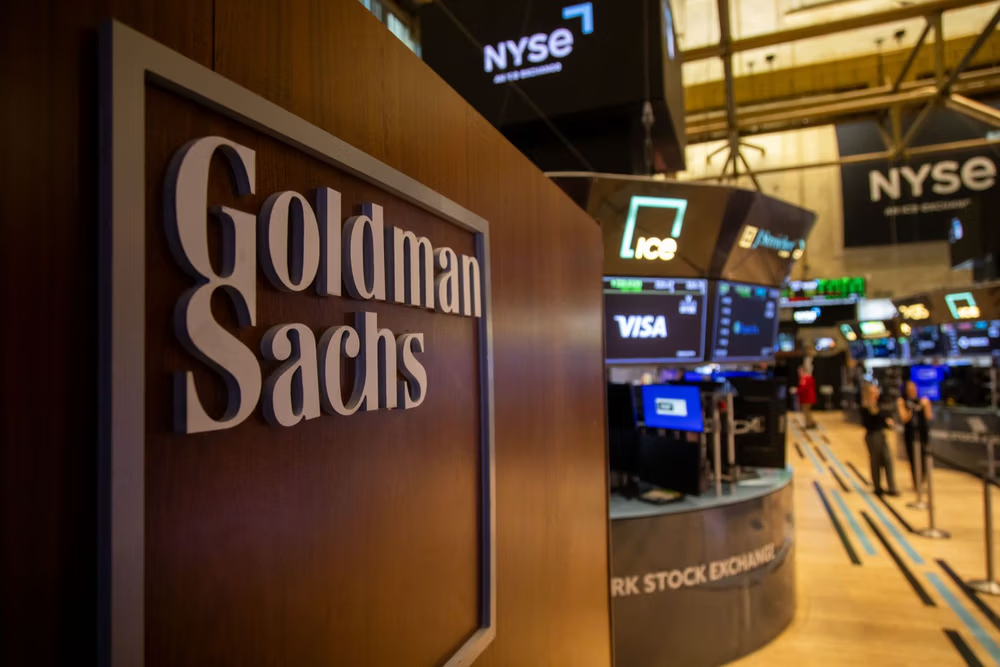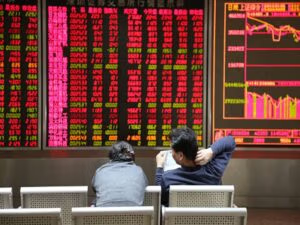Goldman Sachs reported second-quarter results on Wednesday that significantly beat Wall Street expectations, driven by a surge in trading revenue amid volatile global markets. The New York-based investment bank posted earnings of $10.91 per share, outpacing analysts’ forecast of $9.53, according to LSEG. Total revenue reached $14.58 billion, surpassing the expected $13.47 billion.
The bank’s net profit rose 22% from the same period last year to $3.72 billion, while revenue climbed 15%, aided largely by gains in equities and fixed income trading.
Wall Street Volatility Boosts Goldman’s Core Strength
Goldman Sachs, which generates a greater share of its income from trading than many of its peers, capitalized on market volatility linked to President Donald Trump’s latest tariff policies. These developments have disrupted trading in bonds, currencies, commodities, and equities, creating profitable conditions for agile trading desks.
Most of the upside in revenue came from equities trading, where the bank earned $4.3 billion, a 36% year-over-year increase and $650 million above analysts’ forecasts. The bank credited its role as both a market-maker—connecting stock buyers and sellers—and a lender to institutional investors for the strong performance.
In the fixed income space, Goldman generated $3.47 billion, up 9% from the previous year. Higher financing fees and increased trading in currency and credit markets contributed to the gains, exceeding StreetAccount’s estimate by $190 million.
Investment Banking Rebounds with Advisory Boom
Mirroring trends seen at other Wall Street firms, Goldman Sachs benefited from a recovery in asset values that sparked a revival in deal-making. Investment banking fees jumped 26% to $2.19 billion, surpassing estimates by $290 million.
Goldman attributed the growth to a higher number of advisory deals closing during the quarter.
Asset Management Disappoints, Platform Solutions Rise
While trading and banking divisions delivered stellar results, the firm’s asset and wealth management arm was the lone weak spot. The division posted $3.78 billion in revenue, down 3% from a year ago and falling $100 million short of expectations. The bank cited weaker returns from private equity holdings and debt investments as the cause.
Goldman’s Platform Solutions division, the firm’s smallest business segment, saw a 2% rise in revenue to $685 million, slightly ahead of forecasts by $12 million.
A Strong Quarter for Wall Street Overall
Shares of Goldman Sachs were up 23% year-to-date before Wednesday’s report. The bank’s strong showing comes as part of a broader trend this earnings season, with JPMorgan Chase, Citigroup, and Wells Fargo all beating earnings and revenue expectations on Tuesday.
Morgan Stanley joined that group on Wednesday with similarly strong trading numbers. However, Bank of America became the only major U.S. bank to fall short of revenue estimates for the quarter.
Goldman’s results underline the strength of its trading and advisory franchises during times of market upheaval — and suggest investor appetite for risk remains high amid shifting economic conditions.






